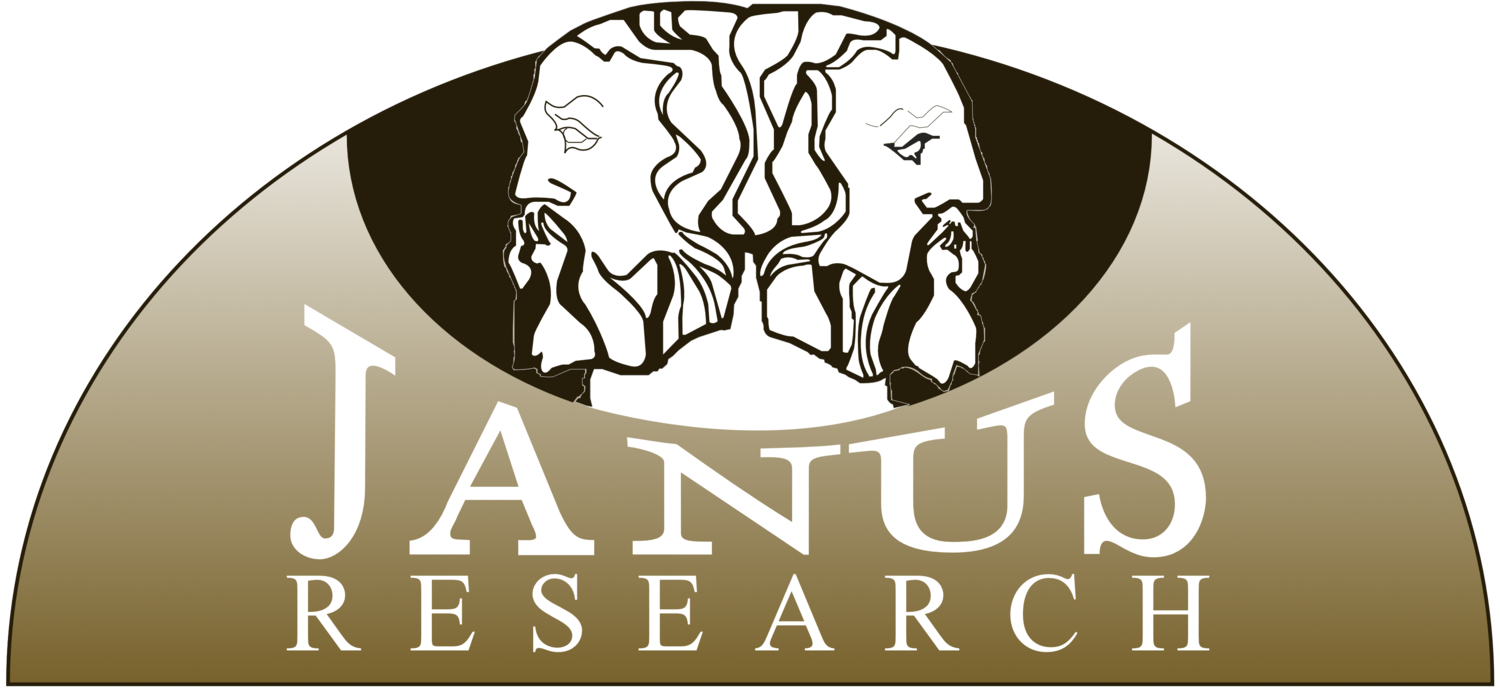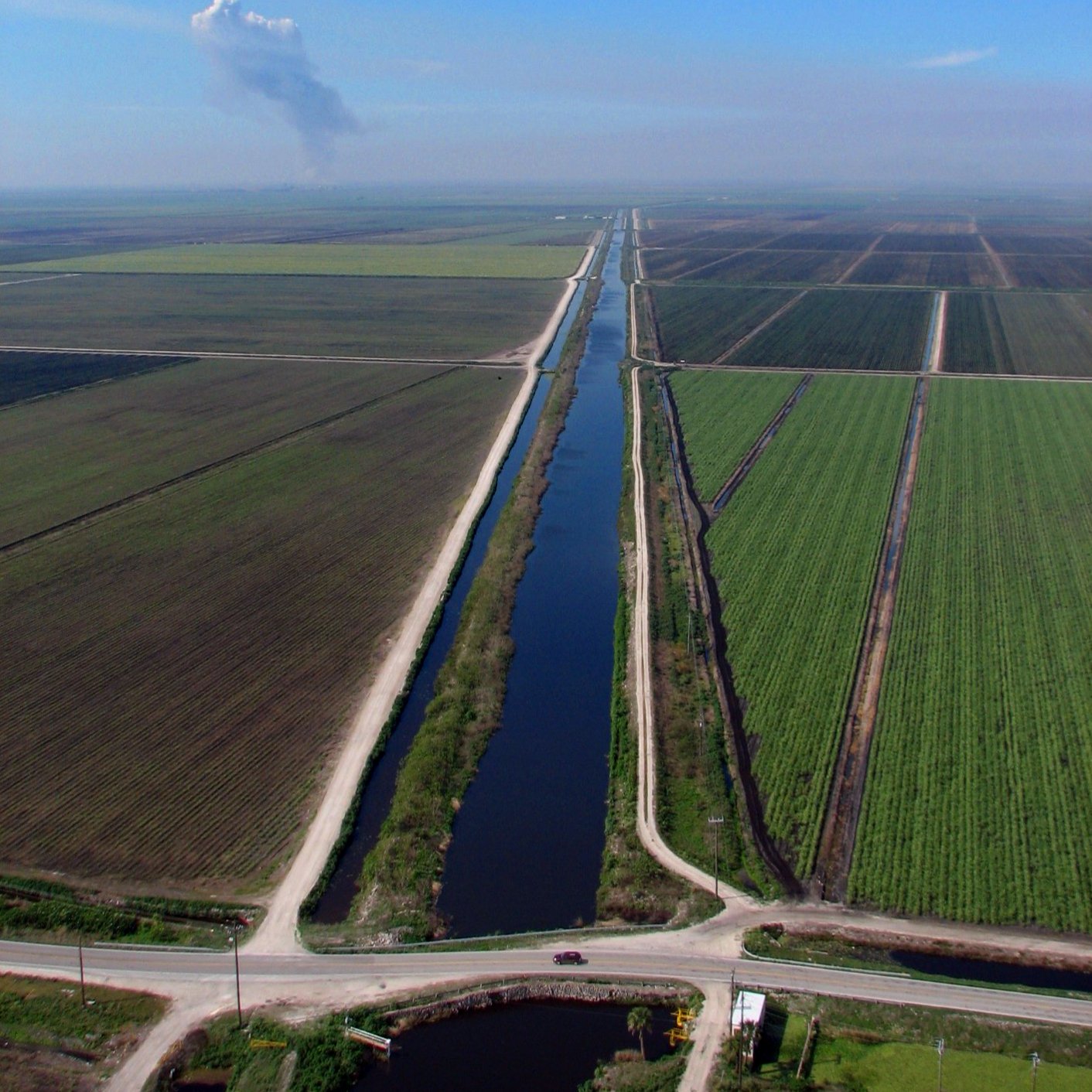
MAJOR MILESTONES IN BEST PRACTICES
We pioneered protocols and methods that evolved into best practices considered standard today.
The Janus Team continues to lead in innovative strategies to solve cultural resource challenges.
Cultural Resource Committee
We initiated the highly successful Cultural Resource Committee method (CRC) to resolve conflict among regulating agencies and stakeholders during the largest Section 106 project conducted in the Southeast, the Tampa Interstate Project (TIS). Initially opposed by both the Advisory Council on Historic Preservation (ACHP) and the National Park Service (NPS), as well as local preservation advocates, our coordination method transformed this highly controversial project into an award-winning model of excellence in Section 106 consultation and effects resolution. The CRC now operates as standard procedure to help resolve issues and reach equitable solutions to challenging CRM issues throughout the state.
Efficient Transportation Decision Making (ETDM)
Janus Research assisted the FDOT with the development of the District Six Cultural Resource Identification tool, the prototype for the Environmental Screening Tool (EST). Following this success, Janus key personnel served on the FDOT ETDM Task Force, which included representatives from FDOT, MPOs, the State Historic Preservation Office, the ETDM technical team, and the Seminole Tribe of Florida. We evaluated the existing GIS data sets in the Florida Geographic Data Library (FGDL) at GEOPlan, made specific recommendations to enhance the EST, identified other strategic data layers, and developed guidelines for ETAT members making cultural resource evaluations. Janus also developed the criteria used to assign degree of effect, and evaluated local data for integration into the EST. The resultant white paper, Accomplishing Cultural Resource Evaluations within the ETDM Process, served and continues to serve as the foundation for cultural resource reviews.
Native American Coordination
Prior to the passage of NAGPRA and the revised Section 106 regulations, we worked closely with Native American representatives to identify and address their concerns. Our coordination on the Fort Brooke projects in downtown Tampa and the Lake Monroe project in Sanford set the stage for successful consultation in Florida. When Congress implemented new requirements for Native American consultation under Section 106 of the National Historic Preservation Act of 1966 (as amended), as implemented by 36 CFR 800 (Protection of Historic Properties), Janus Research assumed the leadership role in assisting FHWA, FDOT, and SFWMD to develop and implement new policies and procedures which became the model for today’s coordination protocols.
Historic Linear Resources
In coordination with the USACE, the SFWMD, and the SHPO, we also organized a symposium on historic linear resources that led to a completely new approach to dealing with the challenging issues of significance, integrity, and effects of historic linear resources. This resulted in a strategy for dealing with the effects of routine canal operations and maintenance without the need for Section 106 consultation. Today, the same strategy is applied to railroads, roadways, and other linear resources throughout the state.
Historic Bridges
As the historic bridge expert in Florida, we have identified and documented resources ranging from simple concrete or wood structures to elaborate feats of engineering including the historic bridges of Henry Flagler’s Overseas Railroad. Our work on the Historic Highway Bridges of Florida publication for the FDOT provided a statewide perspective of critical issues faced when determined functionally obsolete and the adoption of a practical approach that balances our client’s regulatory obligations with public safety.
Florida’s Diverse Heritage
Our experience in Overtown (Miami), Holden-Parramore (Orlando), and Ybor City (Tampa) highlighted the importance of community perspective to identify significant resources that are no longer readily visible to non-community members. We initiated awareness training and an inclusive approach to help identify issues during the early stages of a project. Today, this method blends the formal CRC with pro-active community outreach and informant interviews to works towards equitable solutions.
National Register of Historic Places Significance
As key organizers of the Florida Archaeological Council’s (FAC) “Rethinking Significance” workshop, we brought together a diverse range of CRM professionals to discuss and influence how the National Register significance criteria are applied. Invited participants included representatives of state and federal agencies including the SHPO, the National Register, the ACHP, the FDOT, Tribal council members and THPOs, the public, and the professional cultural resource community. The results of the workshop continue to serve as a framework for evaluating significance in Florida.







